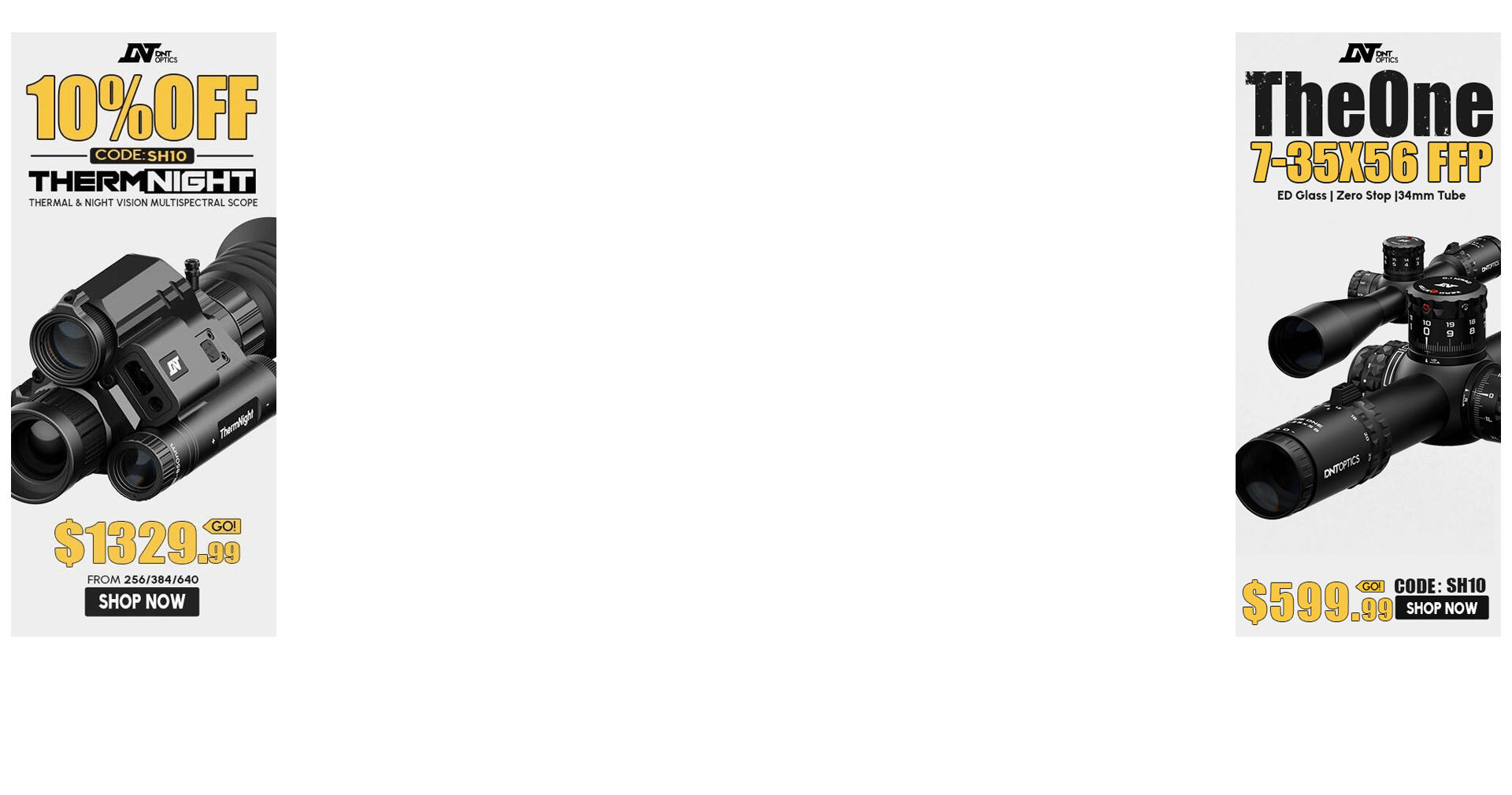I've been looking at all of these phone apps, and the Trimble and who knows what since these things have grown and become very easy to obtain over the last few years. Wanted to see what the real benefits over using the 'system' I've used for a long, long time are and if I should really step into the 21st century with these as well as what works and what doesn't.
I'll start by saying I was really interested in the earlier Trimble units when I first saw them because they seemed to have everything right there, all together as well as other useful features all packaged into something you could hit with a baseball bat, and it wouldn't care. What made me not grab one was at the time there was talk on a new version that would be better for shooting, as well as various smart phone based apps coming out in the future (which obviously happened). Since then, I just know there are a ton of programs/apps out there.
My question is twofold; what advantage would I have over what I do/use and have done for a long time (I'll explain below) and if there is an advantage, what's the most solid program/unit to get that does everything you need yet doesn't make you get into filling out fields about what color your stock is or what the current temperature of the inside of your chamber is currently?
What I do is pretty simple:
- After doing all of the load work, getting velocities at different temperatures, checking accuracy, etc - I go to JBM Ballistics and input as much data as I can to get an initial trajectory card.
- Go shoot alone or with a spotter and we take note of conditions (mainly density altitude and temperature) to confirm the data or make hard adjustments if the JBM data is off.
- This is all refined and finalized into range cards for different density altitudes (usually in 3k increments) on JBM that we use
- Anytime I/we shoot, DA and temp is checked ahead of shooting and checked throughout the day as we could be moving to different locations as well as shoot in areas where there can be a 30-40 degree temp swing in a day and use the appropriate DA range card for the current situation.
So what benefit would a ballistics app or captive program like the Trimble bring over having the exact data you need either strapped to my wrist or rifle as well as my spotter having it right there in his hand? No fragile phone needed, no batteries, no computer error, etc?
Completely serious question as I know very little about these apps, but am always reluctant to get into them as they simple seem redundant as well as the idea of carrying around a smart phone in the desert all day, climbing and shooting off rock all day doesn't seem to mix well.
I'll start by saying I was really interested in the earlier Trimble units when I first saw them because they seemed to have everything right there, all together as well as other useful features all packaged into something you could hit with a baseball bat, and it wouldn't care. What made me not grab one was at the time there was talk on a new version that would be better for shooting, as well as various smart phone based apps coming out in the future (which obviously happened). Since then, I just know there are a ton of programs/apps out there.
My question is twofold; what advantage would I have over what I do/use and have done for a long time (I'll explain below) and if there is an advantage, what's the most solid program/unit to get that does everything you need yet doesn't make you get into filling out fields about what color your stock is or what the current temperature of the inside of your chamber is currently?
What I do is pretty simple:
- After doing all of the load work, getting velocities at different temperatures, checking accuracy, etc - I go to JBM Ballistics and input as much data as I can to get an initial trajectory card.
- Go shoot alone or with a spotter and we take note of conditions (mainly density altitude and temperature) to confirm the data or make hard adjustments if the JBM data is off.
- This is all refined and finalized into range cards for different density altitudes (usually in 3k increments) on JBM that we use
- Anytime I/we shoot, DA and temp is checked ahead of shooting and checked throughout the day as we could be moving to different locations as well as shoot in areas where there can be a 30-40 degree temp swing in a day and use the appropriate DA range card for the current situation.
So what benefit would a ballistics app or captive program like the Trimble bring over having the exact data you need either strapped to my wrist or rifle as well as my spotter having it right there in his hand? No fragile phone needed, no batteries, no computer error, etc?
Completely serious question as I know very little about these apps, but am always reluctant to get into them as they simple seem redundant as well as the idea of carrying around a smart phone in the desert all day, climbing and shooting off rock all day doesn't seem to mix well.

